When I was at Atlanta College of Art taking post graduate classes, I was fortunate to take a couple of classes from a man named Fred Gregory. I studied Painting and Color Theory with this guy who had been Josef Albers’ student at Yale. Albers thought highly enough of Fred Gregory at Yale’s MFA program to appoint him as one of the two proofreaders of Albers’ color theory book. Since Albers’ life’s work was about color, the color on the pages and the color relationships had to be accurate. And, apparently, my teacher was that good.
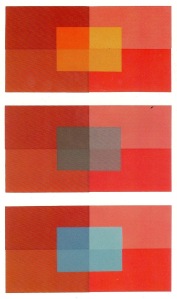
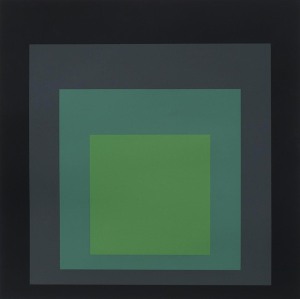
Among the many things I learned from Fred, he taught me not to judge bad art. Instead, he said, look at it and ask myself what I would do to make it better.
I decided to illustrate this point with a spaghetti sauce can which is obviously repulsive. (I did not want to use any art here so as not to offend anyone) I thought everyone could relate to a picture of food on a can as a visual and apply it to Fred’s theory.
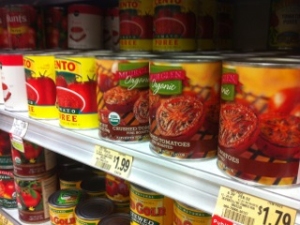
I steamed the label off the can and asked myself what would make me like the image here better. So I went to work. What else but collage? I improved the can, put it back on the shelf in the grocery store, and voila! It looks good enough to take home.
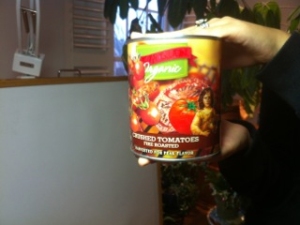
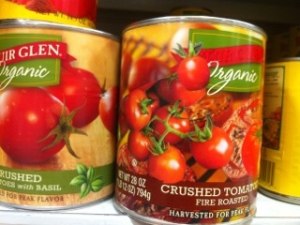
You don’t have to actually take home bad art and make it better. Fred said that the mere asking yourself what needed to be done to make the piece better, developed the aesthetic side of your mind. You would be working. Only conceptually. I believe that every time you “work” the side of your brain that does art, you learn and build on it, making you a better artist.
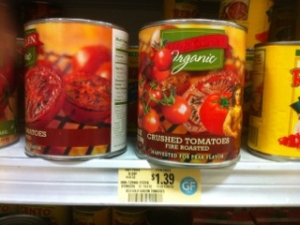

Love it!
LikeLike
Thank you! So fun to do…Run into the store, buy the cans, redo them, then run back….Had a good time, just performing the whole thing!
LikeLike
Your can is much more inviting. THe original you replaced looked like the tomatos were 1/2 rotten!
LikeLike
I know. It amazes me that people are not swayed by the containers that food comes in. We should be. Not just concentrating on what we KNOW to be inside!
LikeLike
Really enjoyed your post, Hollis. I like to think of making art as a process, sometimes of trial and error. We learn as much from art that doesn’t work, satisfy, or solve a creative problem, as we do from “good” art. How would we know what “hot” is if we didn’t know what “cold” is? If making art is about process, then there is less self judgement when making art, and we and the art we make continues to evolve and grow. I thought about this when I read your wonderful post about soup cans. Marian Osher
LikeLike
Thank you so much, Marian. That means so much to me!
LikeLike
I’ve been surfing online more than 2 hours today, yet I never found any interesting article like yours.
It is pretty worth enough for me. In my view, if all web
owners and bloggers made good content as you did, the web
will be much more useful than ever before.
LikeLike
Thank you so very much! What a compliment! Sometimes I think I am too preachy and too opinionated, so it is so nice to receive a compliment like yours!
LikeLike
Great article! That is the type of information that should be shared
around the net. Shame on Google for now not positioning this
put up higher! Come on over and consult with my website
. Thank you =)
LikeLike
I will look you up. If you get an account with WordPress, I can follow you! Thank you for such a generous compliment!
LikeLike
Hi there, just became aware of your blog through Google, and
found that it is truly informative. I am gonna watch out for brussels.
I will appreciate if you continue this in future. Lots
of people will be benefited from your writing. Cheers!
LikeLike
Thanks!
LikeLike
I am in fact grateful to the holder of this site who has shared this wonderful post at at
this time.
LikeLike
Thank you!
LikeLike
My spouse and I stumbled over here by a different web address
and thought I might check things out. I like what I see so now i’m following you.
Look forward to exploring your web page again.
LikeLike
Thank you so very much! Especially for commenting. So few people do. They might read my stuff, but I never know! It was fun doing this blog, I have to admit!
LikeLike
Howdy! I could have sworn I’ve visited this website before but after browsing through some
of the posts I realized it’s new to me. Anyways, I’m certainly delighted I discovered it and I’ll be
bookmarking it and checking back often!
LikeLiked by 1 person
Thank you M. E. G. T.!!!!! So glad you are “onboard!” I love it when certain things I write affect people and then I hear about it! Such a fun blog, this was to do!
LikeLike